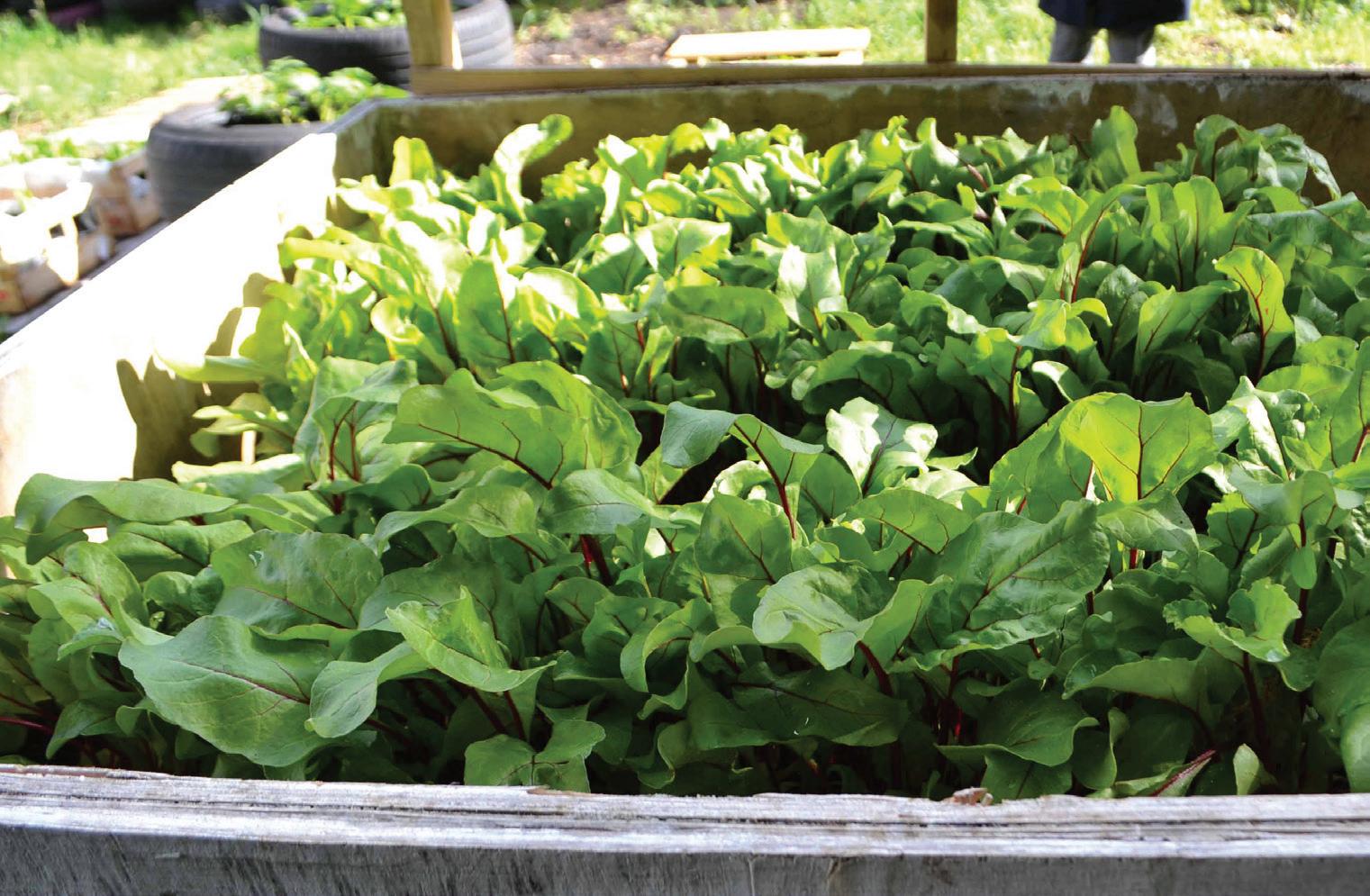IDEAS Conversion
Transformation
Public space
//Process and context//
// Positive change and local users//
//A place for people and positive ideas//
Bringing nature to the city is much needed today. It is about mitigating climate change, creating green islands that purify the air, absorb water and bring sources of food closer to our homes (reducing the need for distant suppliers). The changing of spaces is a long-term and often a very organic, process, thus involving the existing or planned users of the space is crucial. Taking the already existing environment into account is important for transformation to be sustainable. Gardening should never forget the current context and that it is also changing, so communication with the garden’s “neighbors” is necessary.
The use of and access to city gardens may be restricted, closed or free. Regardless of the selected model, it must become a public space accessible to a smaller or larger number of people. Public spaces encourage communication and people’s creativity, therefore, the contextuality of the space and its benefit to the environment must be kept in mind when shaping urban gardens.
Gardens can be established in different places: on a windowsill or in a balcony, in an abandoned land plot or industrial territory. This may also be an area actively used for some other purpose, but urban gardens can be established there, thus fostering other activities in those areas. Understanding the process of establishment of gardens and the planned context of the area (people living around, conducted activities, current practices in the area) is important.
59














